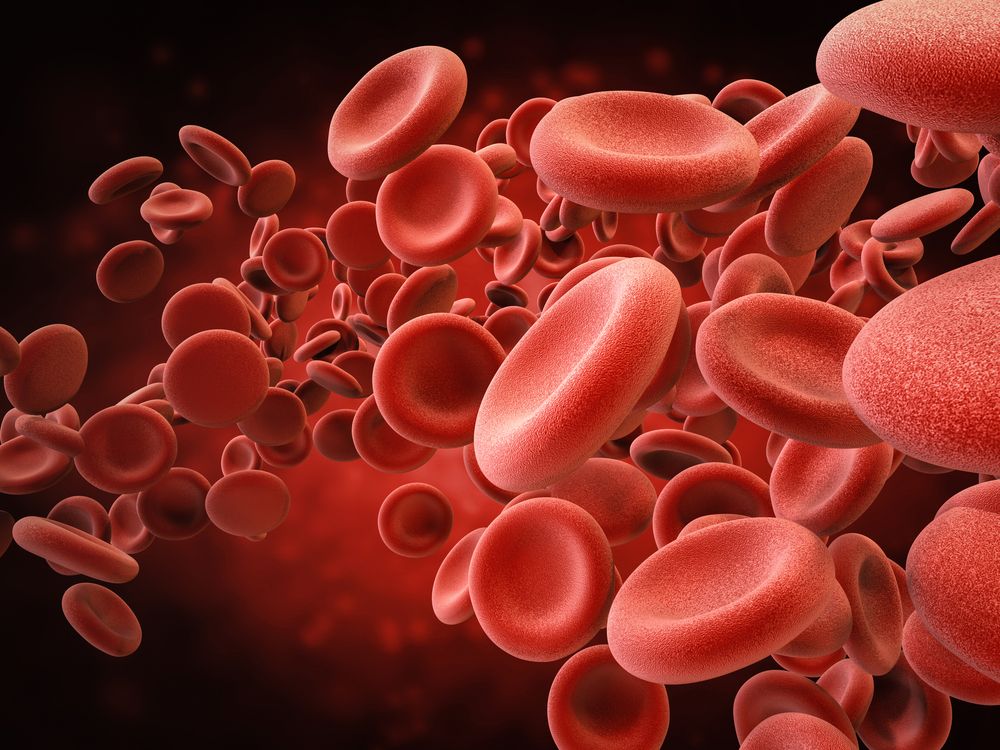More Controlled Studies Needed to Assess Effects of Umbilical Cord Blood Transplants, Review Finds

More controlled clinical studies are needed to investigate the effects of umbilical cord blood transplants as a form of treatment for cerebral palsy (CP) and other diseases, according to a recent literature review.
The study, “Systematic review of controlled clinical studies using umbilical cord blood for regenerative therapy: Identifying barriers to assessing efficacy,” was published in Cytotherapy.
There has been an increasing use of umbilical cord blood (UCB) for different therapeutic purposes in regenerative medicine in recent years.
Cord blood is a long-known source of different cell types, including stem cells — a type of cell capable of promoting the repair of damaged tissues. These cells represent a promising treatment for numerous conditions, including cerebral palsy. However, the usefulness of UCB transplants for new indications, including for the treatment of CP, type 1 diabetes, liver diseases, and congestive heart failure, is still unclear.
“Clinical studies have been conducted in many different countries and have described cord blood therapy for a broad array of indications,” the researchers said. However, “these studies are often heterogeneous in nature, and study designs are variable and describe outcomes using a range of measures at various time-points.”
In addition, many of these studies lacked a proper control group, which made estimations of therapeutic efficacy impossible for these new indications, they said.
In this review study, the researchers focused on summarizing the main findings of controlled clinical studies investigating the usefulness of UCB for CP, type 1 diabetes, and nine other new indications.
Literature searches in two online databases — Medline and Embase — yielded a total of 360 potentially relevant studies published between June 2016 and April 2018. After further screenings, a total of 16 controlled studies — four on CP, three on type 1 diabetes, and nine on other medical conditions — were selected for inclusion in this review.
Three of the four studies performed in CP, involving 247 children with the disease, were based on the use of allogeneic cells — that is, UCB cells that had been obtained from a matching donor.
Only one of the studies investigated the effect of banked UCB cells that had been collected from the children at birth and then re-transplanted back to them at some point — a procedure called autologous treatment.
Six months after treatment, children with CP who received allogeneic cells had a significant improvement in gross motor function, as measured by the Gross Motor Performance Measure (GMPM) and by the Gross Motor Function Measure (GMFM), compared with those who did not receive UCB cells (controls).
Mental and motor function scores at other time points were highly variable between studies.
The one study in which children received autologous treatment also reported a significant improvement in the participants’ GMFM scores after one year, compared with controls. This positive effect on motor function was proportional to the number of cells these children had received, known as a dose-dependent effect.
“Although studies of cerebral palsy appear promising, the use of different scoring systems at varied time points following transplantation limits our ability to determine whether the intervention is beneficial, particularly at later time points beyond 12 months,” the researchers said.
Of the three studies that focused on patients with type 1 diabetes, one evaluated the effects of allogeneic treatment, and two the effects of autologous treatment. All three failed to detect any positive effects of the therapy on daily insulin requirements, or on glycated hemoglobin A1c (HbA1c) — the fraction of hemoglobin that is bound to glucose, or sugar, in the blood — compared with controls.
Only one of the remaining nine controlled studies, which focused on investigating the effects of UCB cells in adults with optic nerve hypoplasia, reported a positive effect of treatment.
“More controlled studies are needed that use similar approaches regarding cell source and outcome measures at similar time points. Pooled estimates of results from multiple studies will be essential as published studies remain modest in size,” the researchers said.
“Patients should continue to be enrolled in clinical trials because there are no novel potential indications remain unproven,” they concluded.


